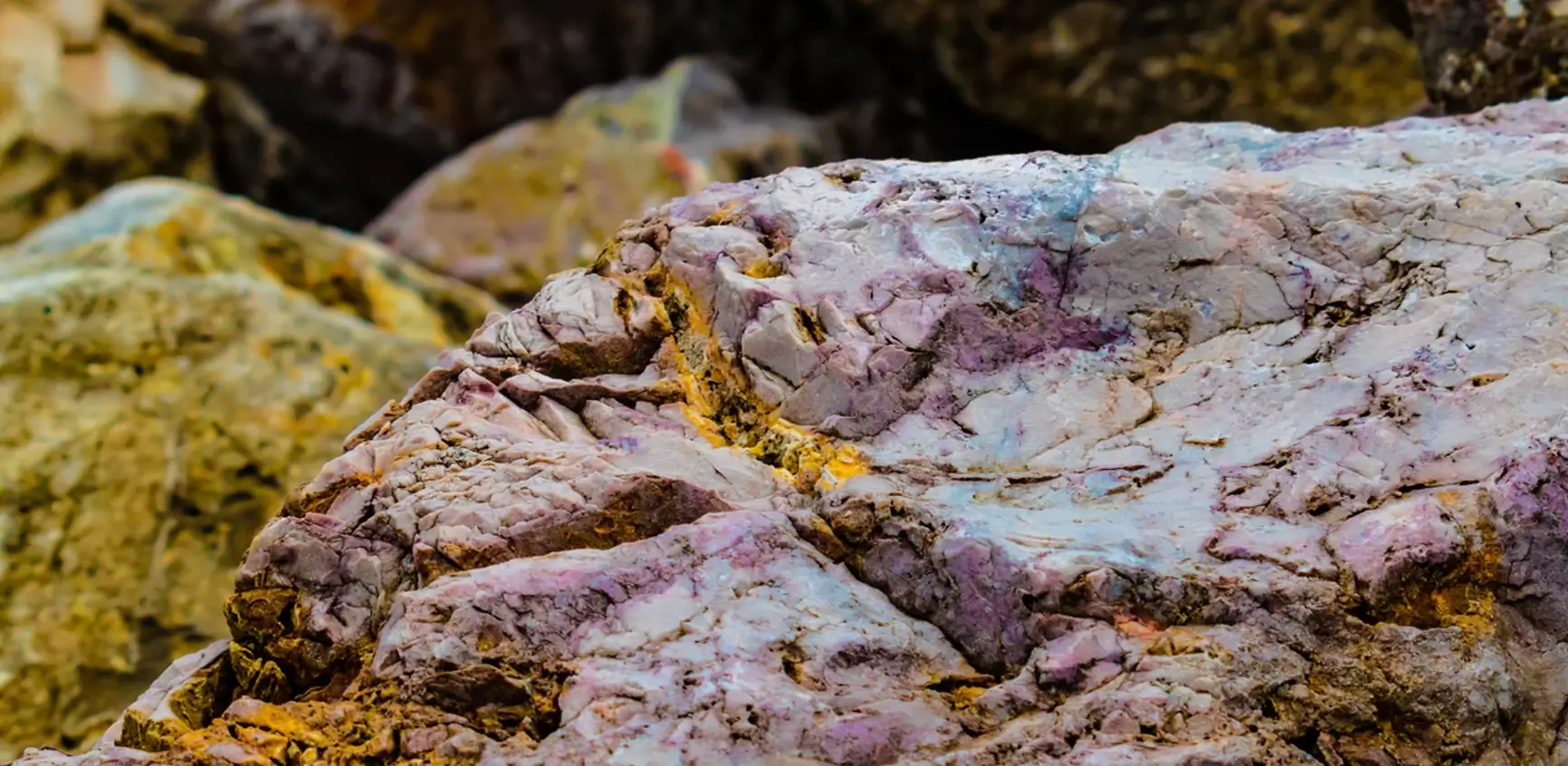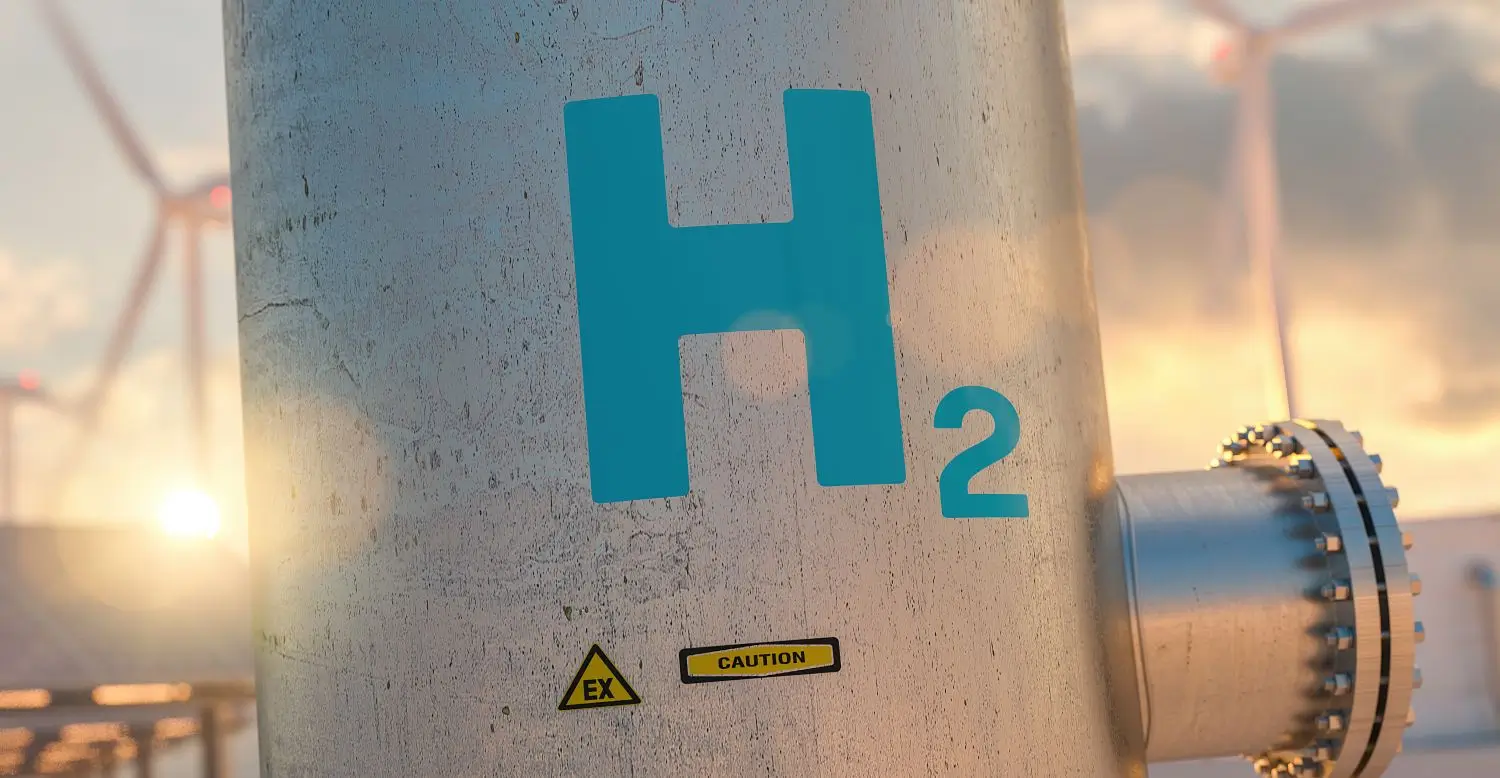Usha Resources Plans to Test Ten Drill Targets on White Willow Lithium Pegmatite This Winter
Confidence is growing at the Canadian lithium explorer Usha Resources Ltd. (TSXV: USHA; OTCQB: USHAF; FSE: JO0) that the company could be on the trail of the next major lithium discovery in Canada at its White Willow Lithium Pegmatite Project in Ontario.
The five-week exploration on the project 170 km west of Thunder Bay has confirmed that the Lithium-Caesium-Tantalum (“LCT”) pegmatite trend on the property has a potential strike length of more than 25 km. Ten surface pegmatites have been identified as drill targets for the maiden drilling program planned for winter. The geochemical analyses of surface samples provided outstanding results indicating the presence of spodumene. The company has taken a total of 837 samples, of which 618 have already been evaluated. The key results include up to 0.5% Li2O, 1,730 ppm caesium, 120,000 ppm tantalum, and 3,540 ppm rubidium.
As early as October, the geologists will return to the site to conduct further prospecting and mapping to optimally prepare for the planned drilling.
Deepak Varshney, CEO of Usha Resources, commented: “We are thrilled with the results of the initial programs at White Willow. Similar to Patriot Battery Metals’ Corvette project, which extends over 20 kilometers, lithium pegmatite swarms occur in clusters, each of which has the potential to become a deposit. We now have ten primary target areas in our more than 25-kilometer-long trend, which include two highly evolved LCT pegmatite swarms at Bingo and Maple Leaf. With significant areas remaining between Bingo and Maple Leaf for further exploration and follow-up, we intend to make optimal use of the remaining time in the field season before we begin preparations for the first winter drilling program. The results to date confirm our belief that Willow is a flagship project where the next major lithium discovery in Ontario will take place.”
Conclusion: Usha Resources still has to speak in terms of possibilities regarding its White Willow Lithium Project: The system “could be spodumene-bearing,” it says. The geologists have not yet found spodumene itself. However, the system exhibits all the characteristics of a highly evolved LCT system. Where there’s smoke, there must be fire, the geologists believe. Where such anomalous values of lithium, caesium, and tantalum are measured, the economic lithium host rock spodumene cannot be far away. To better understand where Usha stands in its exploration of White Willow, a comparison might help. Just yesterday, Q2 Metals (TSXV: QWTO), a lithium explorer in Quebec, reported on its latest exploration program on the Mia project. Q2 Metals has now found 136 pegmatites over a 9.7 km strike length and has just identified four more “spodumene-bearing pegmatites”. So Q2 Metals has found spodumene in rock samples, Usha (not yet). Otherwise, the approach of both companies is identical. Q2 Metals also analyzes indicator elements and draws conclusions about the presence of lithium nearby from their presence. The first drilling is scheduled to take place in October. In direct comparison, Q2 Metals undoubtedly has the edge over Usha Resources thanks to the spodumene finds. In addition, there is a certain location bonus due to the familiarity of James Bay with Patriot Battery Metals’ flagship project. This is clearly reflected in the different valuations on the stock market: Q2 Metals is valued at around 70 million CAD. Usha Resources currently has a market value of only 8 million CAD. The verification of spodumene is therefore obviously relevant to the share price. One can only keep one’s fingers crossed for Usha’s geologists that they will soon find spodumene as well. In Australia, where lithium pegmatites are generally under a cover layer anyway, the outstanding geochemical measurements from Usha will be appreciated even without spodumene.







